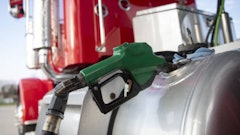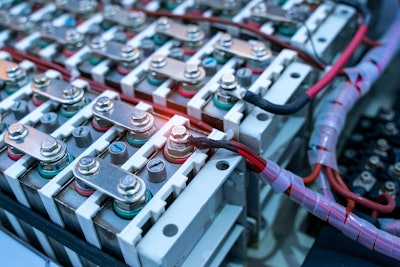
Nearly 8% of low-cost or counterfeit batteries could have a dangerous defect known as negative anode overhang. Furthermore, key indicators of quality in low-end batteries are seven times worse compared to those of name-brand manufacturers, introducing further risk, according to a study released by Lumafield.
The research evaluated more than 1,000 18650 lithium-ion battery cells from 10 brands. Research reveals an enormous gap in quality between brand-name batteries and low-cost cells widely available through online marketplaces.
“Non-OEM batteries are a minefield,” says Eduardo Torrealba, co-founder and CEO of Lumafield. “We’re seeing dangerous defects at a scale that should alarm every manufacturing leader. If you’re not policing your supply chain, you’re gambling with your brand and your customers’ safety. With trade barriers shifting weekly, risk compounds. Rapid industrial CT isn’t optional; it’s the best way to enforce safety and stop bad parts before they reach people.”
Key takeaways:
· Battery defects like negative anode overhang and alignment misregistration significantly increase the risk of failure, impeding performance of the devices they power or, in some cases, causing catastrophic fires.
- Of the 1,054 battery cells scanned, 33 had negative anode overhang, a manufacturing defect that accelerates aging and significantly increases the risk of internal short-circuiting and battery fires.
- All 33 of the defective cells came from low-cost or counterfeit brands, meaning one in 13 (nearly 8%) low-cost/counterfeit batteries could have this dangerous defect.
- One low-cost brand had a 15% rate of negative anode overhang defects, a serious risk to consumers who may be tempted to acquire inexpensive batteries through the marketplace.
- On other measures of cell quality, low-cost/counterfeit batteries are seven times worse than their OEM counterparts.
- Low-cost/counterfeit 18650 cells had 50% worse edge alignment—referring to the winding of the internal layers of the cylindrical battery—compared to OEM cells. This represents yet another quality concern that can cause performance degradation and internal short circuits.
- None of the 300 brand-name OEM cells suffered from negative anode overhang, suggesting that batteries from these high-quality manufacturers sourced through legitimate retail channels are the safest and most reliable cells.
- The risks in individual cells are compounded by the fact that many products include multiple 18650 cells—from five in a typical cordless drill to 39 in an e-bike battery pack.


![Pros To Know 2026 [color]](https://img.sdcexec.com/mindful/acbm/workspaces/default/uploads/2025/08/prostoknow-2026-color.mduFvhpgMk.png?auto=format%2Ccompress&bg=fff&fill-color=fff&fit=fill&h=100&q=70&w=100)
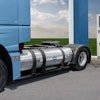
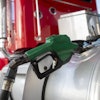
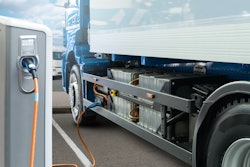
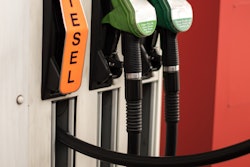


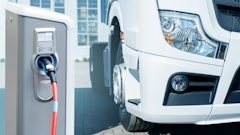
![Pros To Know 2026 [color]](https://img.sdcexec.com/mindful/acbm/workspaces/default/uploads/2025/08/prostoknow-2026-color.mduFvhpgMk.png?ar=16%3A9&auto=format%2Ccompress&bg=fff&fill-color=fff&fit=fill&h=135&q=70&w=240)

